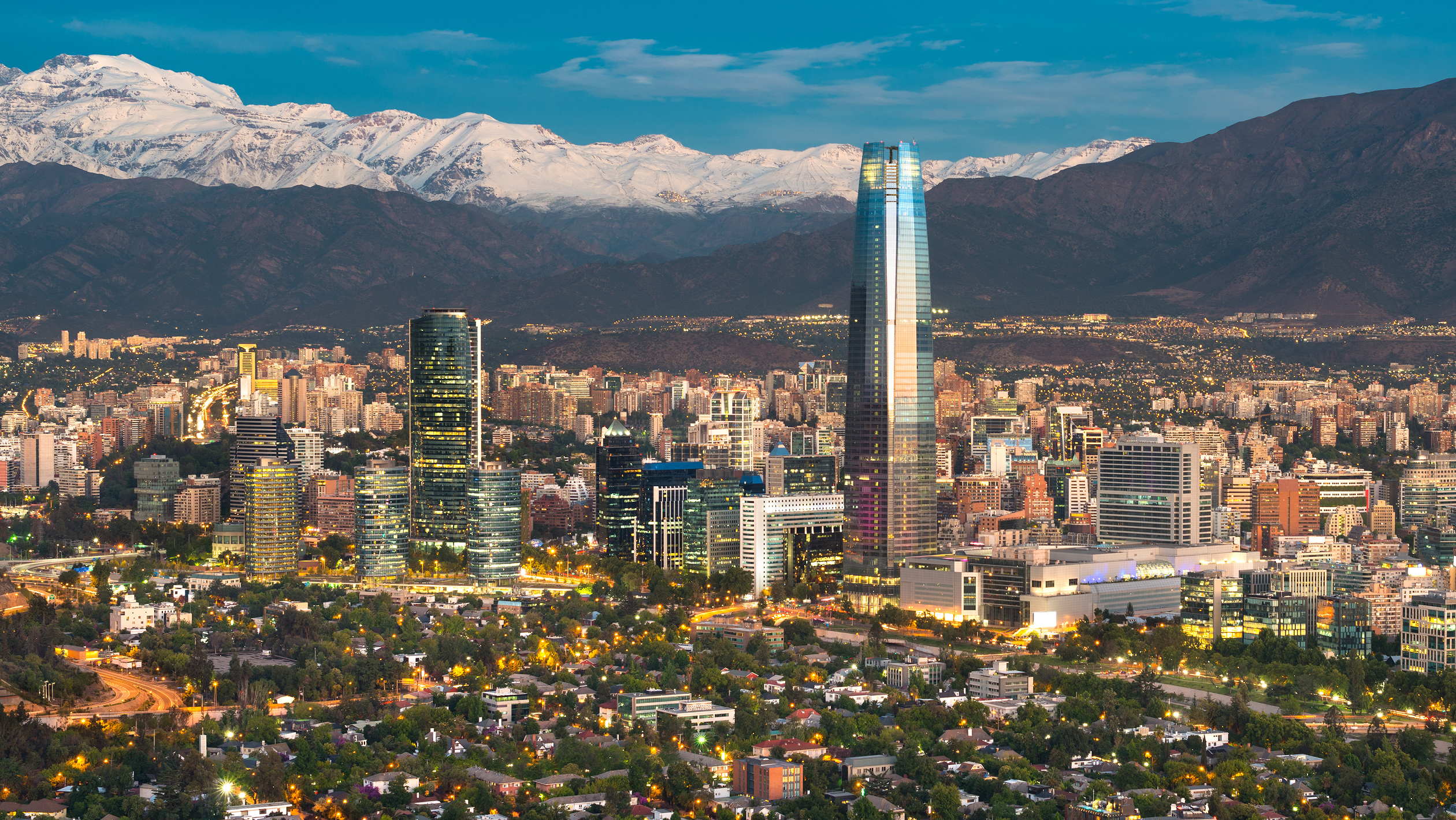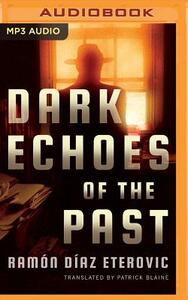Take a photo of a barcode or cover
Wasn't a huge fan. The writing style felt off to me. Interesting to find a bit out about Chilean history which I was v ignorant about.

Santiago, Chile - setting for Ramón Díaz Eterovic's dark tale that turns murkier and deadlier as it winds deeper and deeper into the horrors of the past.
"With a bit of patience, I had managed to get through my first fifty years - a late age to change professions in a country where the passing years weighed like a criminal conviction upon anyone looking for work." So reflects the novel's narrator, a shamus by the name of Heredia.
As any avid fan of the genre knows, a detective novel narrated in the first person by the sleuth is all about voice. Great news for all you bloodhound buffs - Ramón Díaz Eterovic has created a PI right up there with Philip Marlow. I wouldn't say our Chilean ink slinger writes at the level of Raymond Chandler, but it's close.
And that's not all. If Latin American fiction seasoned with hefty helpings of history and politics is to your taste, you've come to the right place. As Juan Gabriel Vásquez has Antonio Yammara from The Sound of Things Falling dig into Colombia's recent past revolving around drug lord Pablo Escobar's reign of terror, so Ramón Díaz Eterovic has Heredia investigate a possible killing which leads him to unearth, step by painful step, cases of torture, murder and other sordid atrocities during Chile's military dictatorship in the years 1973 to 1990.
Fortunately, Ramón Díaz Eterovic lightens up his tale with whimsy, banter and dry humor throughout. Please keep this in mind as I fire off a round of Dark Echoes bullets:
Bookworm - Not only does Heredia share Phil Marlowe's quick wit, sturdy body, tendency to wisecrack and down the occasional whisky, our Santiago flatfoot prides himself on being a lover of literature. Heredia owns a bookcase full of novels and poetry and continually references what he reads: Dashiell Hammett, The Moonstone by Wilkie Collins, A Shadow You Soon Will Be by Osvaldo Soriano, to note just three. As a booklover myself, I found this side of Heredia most appealing.
Savvy Feline - Heredia engages in an ongoing dialogue with his pet cat Simenon (named after the great writer of detective novels, Georges Simenon). Simenon usually comes up with a bit of wise advice for his owner. Now most North American readers will probably think Heredia is simply mulling over possibilities in his own mind while he ponders his silent cat. But could Simenon, via the power of telepathy, really be sharing his own cat thoughts with the detective? After all, keep in mind we are in Chile, land of Isabel Allende and the Latin American tradition of magic realism.
Dude from Dreamland - Heredia has an unnamed writer friend who dedicates himself to writing novels based on the stories Heredia feeds him. Of course, Heredia speaks of the novelist as if he's a real flesh and blood character. But we might ask if this scribbler possesses any more substance than the advice our narrator receives from Simenon. In other words, might not we be dealing here with a second helping of magic realism? My guess: a Latin American author just can't help himself.
Brutal Backstory - Out on the street, the detective relates: "My attention was drawn back out to the sidewalk, where a boy pulled on his mother's sleeve in front of a store that sold used toys and clothing. I came up beside him and saw him point at a discolored astronaut that was missing an arm. Beside the astronaut was a doll with matted hair and a bear with a split stomach. i remember the kids i had shared my childhood with in the orphanage and felt rage bubbling up in my guts. The little boy was like so many children who have to learn to accept their lack of privilege. Kids condemned to misery, to run-down schools, and later to poorly paid jobs and a life without any meaning beside pure animal survival." Heredia spent his boyhood as an orphan - this to say, he knows the grimy consequences of social injustice from firsthand experience.
Local Color - In the course of his investigation, Heredia pays a visit to the Cultural Center of the Americas, which leads him to witness a funa. In the country of Chile, a "funa" takes the form of a march whereby a group of protesters will expose someone, usually a political or military leader, who has escaped punishment in the law courts. Nice touch, Ramón Díaz Eterovic! Thanks for giving readers, especially North Americans, a unique taste of your country's culture.
The Case - Here's what gets, to use an overused cliché, the whole ball rolling: Griseta, Heredia's girlfriend, brings the math teacher she had back in high school, a woman by the name of Virginia Reyes, to Heredia's office. Ms. Reyes explains the police failed to give the proper attention to the fatal shooting of her brother, Germán. Germán was shot and killed on the sidewalk right outside the lumberyard where he worked. The police wrote the murder off as a robbery but, Virginia Reyes continues, don't you believe it.
As a first step Heredia examines Germán's room and meager possessions. What he finds leads him to the next step and the next and the next. Along with way, the detective deals and sometimes wheels and deals with a host of individuals from all strata of society. And herein lies author Ramón Díaz Eterovic's artistry: we come to know these women and men and their role in Chile's society and history. This is the beauty of Dark Echoes, a first-rate detective novel that captures the vibrant city life of Santiago along with an important part of the country's viscous, cold-blooded not so distant past.

Chilean novelist Ramón Díaz Eterovic, born 1956
dark
mysterious
tense
fast-paced
Plot or Character Driven:
Plot
Strong character development:
Complicated
Loveable characters:
No
Diverse cast of characters:
N/A
Flaws of characters a main focus:
No
The plot is more confusing than entertaining and seems to be full of inconsistencies and plot holes
I wanted to like it, but I think it would have been better in Spanish as opposed to the English translation. Too many metaphors and too much flowery language

Visit the locations in thenovel
I love a good novel set in South America. There’s something about novels set here that really get me wanting more. It’s the setting, the heat, the passion and the way of life, the people…everything about this region of the world seems to add that little added air of excitement to my reading.
Having read many Spanish language books, I was keen to read this one in English. I’ve bought this author’s other novels based on this one – more need to be translated now!
It’s a gem of a novel and very visual – so much so it could be a TV program in the making. Heredia is your classic PI working in the backstreets and back offices of Santiago. He cares deeply about what he does despite his rather lazy attitude to life or is it world weariness? He likes the bottle, but he likes books more it would seem as he’s forever reading inbetween cases. He has a cat called Simenon! Could I love this character any more?
IF that character doesn’t’ grab you , then the setting surely will. The blend of 1950s Noir scenes in offices and in street confrontations blend nicely with the modern day problems which form the background to the novel. The story is set in present day Chile with a legacy of problems beginning with a capital P. That’s P for Pinochet. The man in La Moneda Palace may have gone, but his legacy remains and there’s a lot of secrets, dark stains on society and trouble in his wake. The police seem to have more to deal with than just crimes any other city has to deal with, but Heredia is keen that his case is not going to be lost underneath the rubble of history.
This is meaty, gritty and chewy Chilean feast. It’s ingredients are delicious – history, war crimes, dictatorship and the behaviour of the military, modern society, Chile’s transformation to democracy and more.
It’s all very vividly drawn and brilliantly executed. This is an exciting series and I’m going to cheat and read the other ones in Spanish but I hope there’s some English translations soon.




